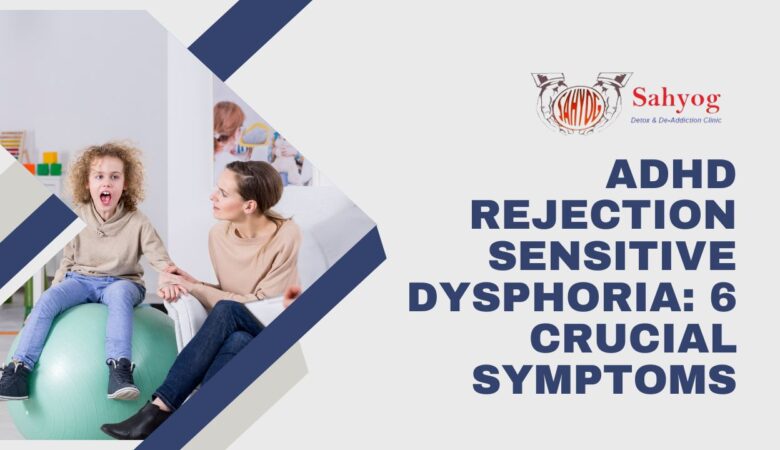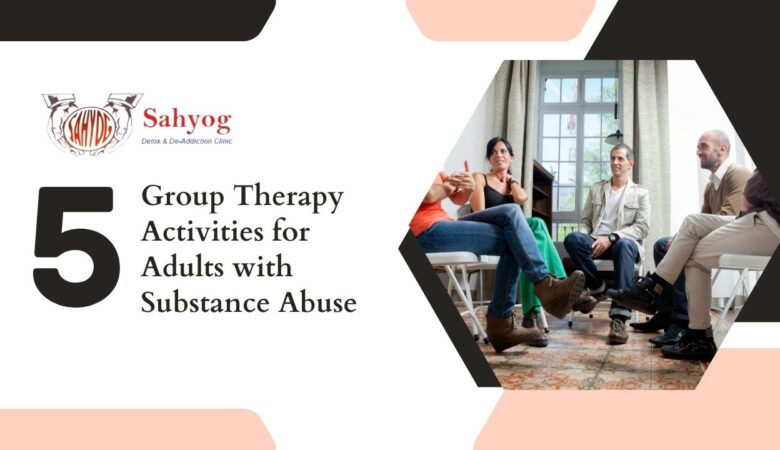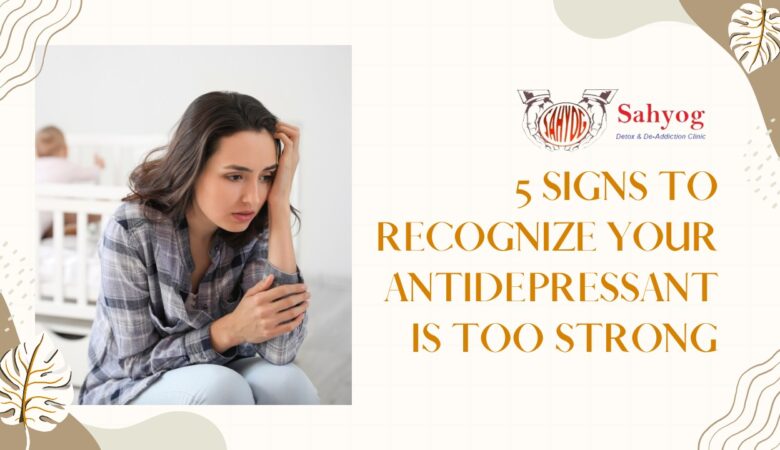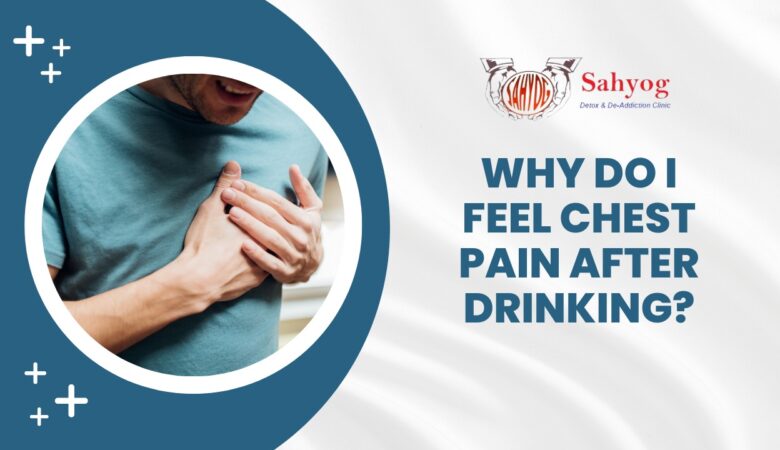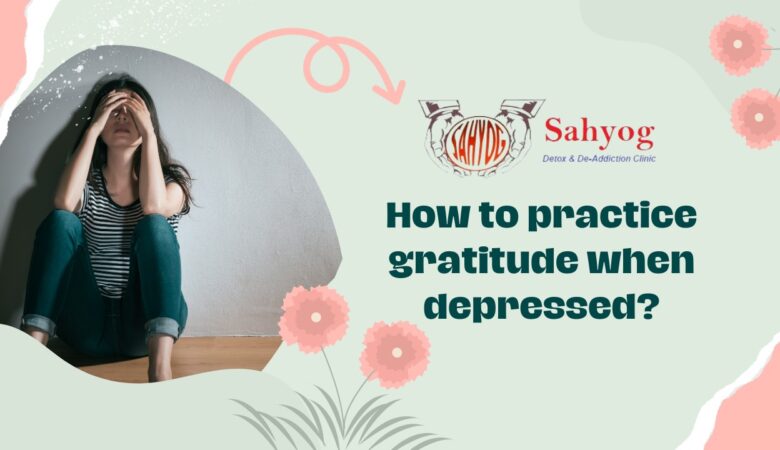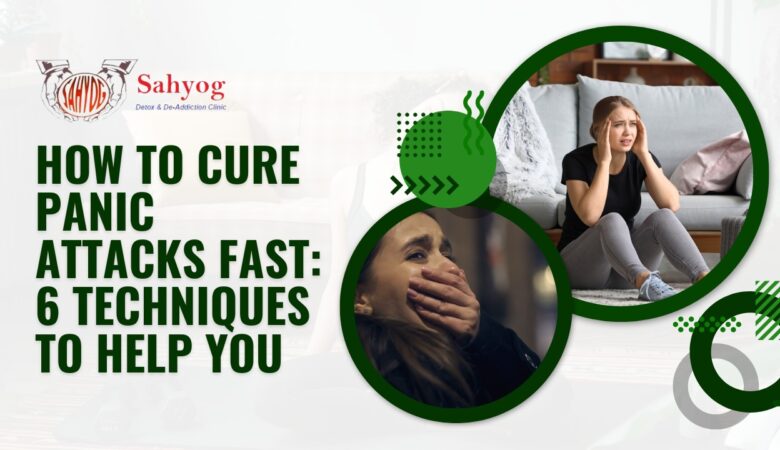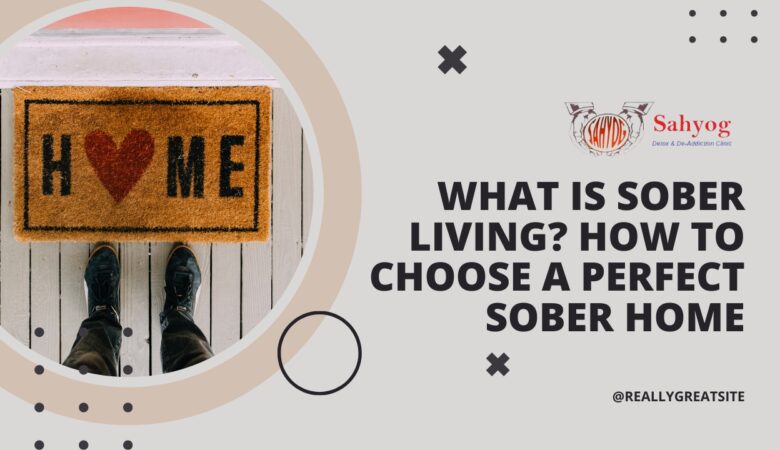Adhd rejection sensitive dysphoria: 6 Crucial symptoms
Attention Deficit Hyperactivity Disorder (ADHD) is a neurodevelopmental disorder that affects millions of individuals throughout the world. Inattention, hyperactivity, and impulsivity are some of the symptoms of the illness, which can have a significant impact on a person’s day-to-day functioning. However, there is more to ADHD than just its more obvious manifestations. An aspect of ADHD that is less well-known is often overlooked despite its potential significance for people with the disorder. The clinical name for this trait is rejection-sensitive dysphoria (RSD). RSD describes an intense emotional response to rejection, whether real or imagined. It’s a common experience for those with ADHD, and it may have a significant impact on their day-to-day functioning. individuals with ADHD RSD may have, among other things, a crushing fear of rejection, low self-esteem, and extreme emotional reaction to situations that would not cause difficulty in other individuals. Symptoms of ADHD-related reactive attachment disorder can lead to avoidance behavior, missed opportunities for advancement, and a negative impact on interpersonal interactions. Understanding and being alert to these symptoms is crucial for persons living with ADHD and RSD. This article discusses the six hallmark symptoms of ADHD Rejection Sensitive Dysphoria. We’ll also talk about how ADHD RSD may affect your everyday life, how to tell if you have it, what treatments are out there, how to cope, and why it’s so important to reach out for help. If people with ADHD understand ADHD RSD, they may be better able to manage their symptoms and lead fulfilling lives. Symptoms of ADHD Rejection Sensitive Dysphoria: Rejection anxiety: People with ADHD RSD may have extreme rejection anxiety, which can cause them to avoid or feel uneasy in social situations. As a result of their anxiety, they may start to overthink their social interactions and give too much weight to the opinions of others. Sensitivity to criticism increases: People with ADHD RSD may be more vulnerable to the effects of criticism, even when it is constructive and offered with good intentions. They could become aggressive, furious, or agitated if criticized. Extreme feelings: People with ADHD or RSD may have extreme feelings for things that other people don’t seem to care about as much. For example, someone can be completely devastated after making a minor mistake, devastated after experiencing a setback or enraged after receiving adverse feedback. Difficulty handling negative feedback: Negative effects on self-esteem might result from an inability to process criticism, which is common in those with ADHD or RSD. They may avoid situations or tasks at work or in other places where they could be judged negatively. Problems with self-esteem; People with ADHD or RSD may have low opinions of themselves and struggle with feelings of inferiority. Constant comparison to others would cause them to have a harsh internal dialogue and stress levels to rise. Avoidance behavior: People with ADHD-related social anxiety may exhibit avoidant behavior due to their heightened sensitivity to negative feedback and fear of social rejection. They might avoid circumstances where they would be critiqued or rejected, so missing out on growth opportunities. Although symptoms of ADHD RSD may coexist with those of other mental health conditions, they are more severe and have a bigger impact on daily life in persons with ADHD RSD. People can obtain the help and treatment they require if these indicators are recognized. Impact of ADHD Rejection Sensitive Dysphoria on Daily Life: A person’s everyday life can be significantly impacted by ADHD RSD in a variety of ways. Here are a few instances: Social connections – Due to their fear of rejection and hypersensitivity to criticism, people with ADHD and RSD may find it difficult to establish and sustain social connections. Isolation, loneliness, and trouble forming friends might result from this. Work Performance – People with ADHD RSD may avoid tasks or initiatives that might result in unfavorable feedback, which can have an impact on their ability to perform at work. They could also find it difficult to take criticism in a constructive way, which prevents them from taking advantage of possibilities for improvement. Mental Health – Constant concern over being rejected or receiving bad feedback can have a significant impact on one’s mental health, resulting in anxiety, sadness, and poor self-esteem. All aspects of life may be affected by this, making it challenging to participate in activities or achieve objectives. Academic Performance – Students with ADHD or RSD may put off doing their homework or have trouble accepting criticism from teachers, which hurts their academic progress. Their employment chances and career prospects may be impacted by this. Personal Development – Avoidance behavior can impede personal growth and development since people with ADHD RSD could pass up chances to pursue their passions or master new skills. If you or someone you know is exhibiting these symptoms, it’s crucial to get assistance and aid since they may significantly affect everyday living. Individuals can better their quality of life and manage their symptoms with the use of medicine, counseling, and support. Diagnosis and Treatment of ADHD Rejection Sensitive Dysphoria: Since it is not recognized as a distinct diagnostic in the Diagnostic and Statistical Manual of Mental Disorders (DSM-5), diagnosing ADHD RSD can be difficult. However, by assessing a person’s symptoms and filtering out other disorders with comparable symptoms, medical experts can still identify ADHD RSD. Usually, a combination of medication, counseling, and support is used to treat ADHD RSD. Antidepressants and stimulants, for example, can help treat symptoms of anxiety and sadness. Therapy can also be beneficial. For example, cognitive-behavioral therapy (CBT) or dialectical behavior therapy (DBT) can teach patients coping mechanisms for controlling their emotional outbursts and boosting their self-esteem. Support is essential for people with ADHD RSD since a solid support network may ease their transition through challenging circumstances and provide them with a feeling of belonging. Family, close friends, or support groups can all offer help. Each person’s experience with ADHD RSD is different, so it’s crucial to collaborate with a healthcare practitioner to decide on the appropriate course
